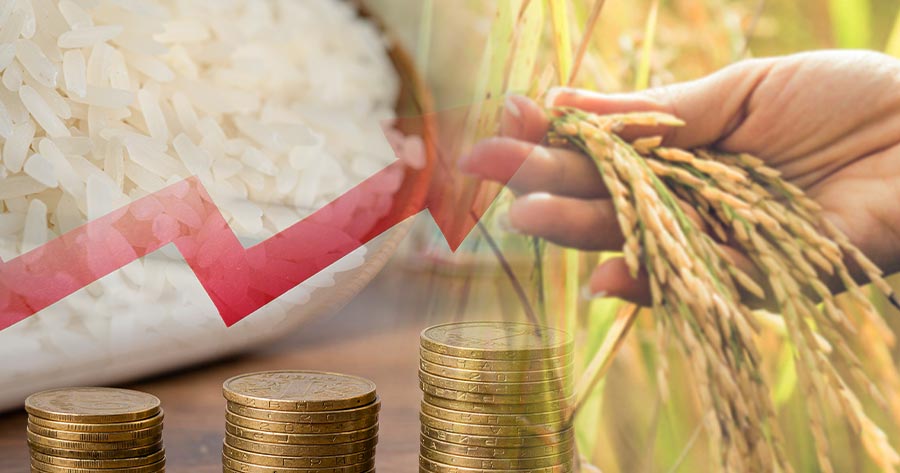The UN’s food agency said global rice prices have reached near 12-year highs due to factors like India’s restriction on rice exports and the potential impact of severe weather conditions on production.
In July, the Food and Agriculture Organization’s All Rice Price Index increased by 2.8%, reaching 129.7.
According to FAO statistics, this represents a 19.7-percent increase from the previous year and the largest nominal amount since September 2011. Thailand saw the largest price hikes.
Prices were supported by “concerns over the potential impacts of El Niño on production in some suppliers,” according to the report, “as well as rain-induced interruptions and quality variability in Vietnam’s ongoing summer-autumn harvest.”
El Niño is a climatic phenomenon that happens roughly once every 2–7 years and has been defined by higher-than-average sea surface temperatures in the central and eastern Pacific Ocean close to the equator.
In early June, the United States’ National Oceanic and Atmospheric Administration (NOAA) announced that the anticipated El Niño had emerged, with moderate-to-strong effects expected by late fall/early winter.
In the recent trading session, rice futures were priced at $16.02 per hundredweight (cwt), staying near 10-year highs.
Non-basmati white rice exports were banned by India on late-July in an effort to control rising food prices and ensure adequate supplies were kept “at reasonable prices.” India is the world’s largest rice exporter, accounting for over 40% of the global rice trade. It was underlined by FAO that India’s export restriction “raises substantial food security concerns for a large swathe of the world population.”
Analysts also warned that further price increases are possible if other rice exporting countries follow suit and impose export restrictions to protect domestic food supplies. With Thailand encouraging its farmers to plant less rice in an effort to preserve water due to low rainfall, things could get much worse for the global rice market.




